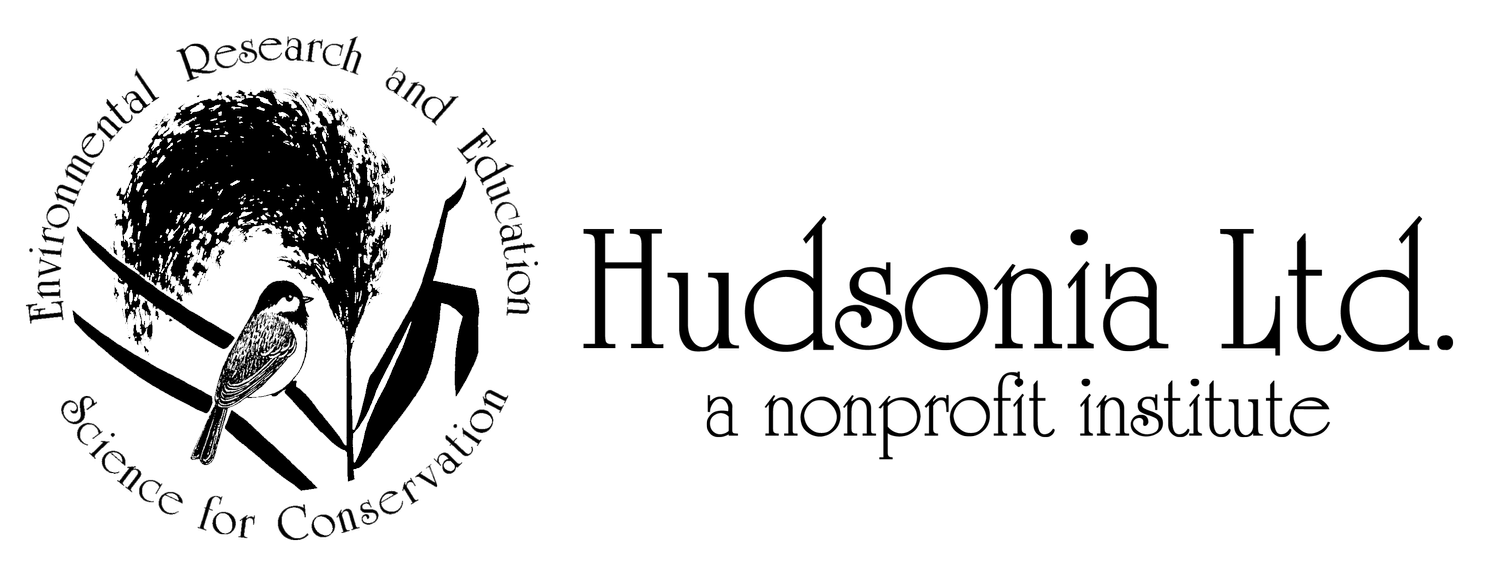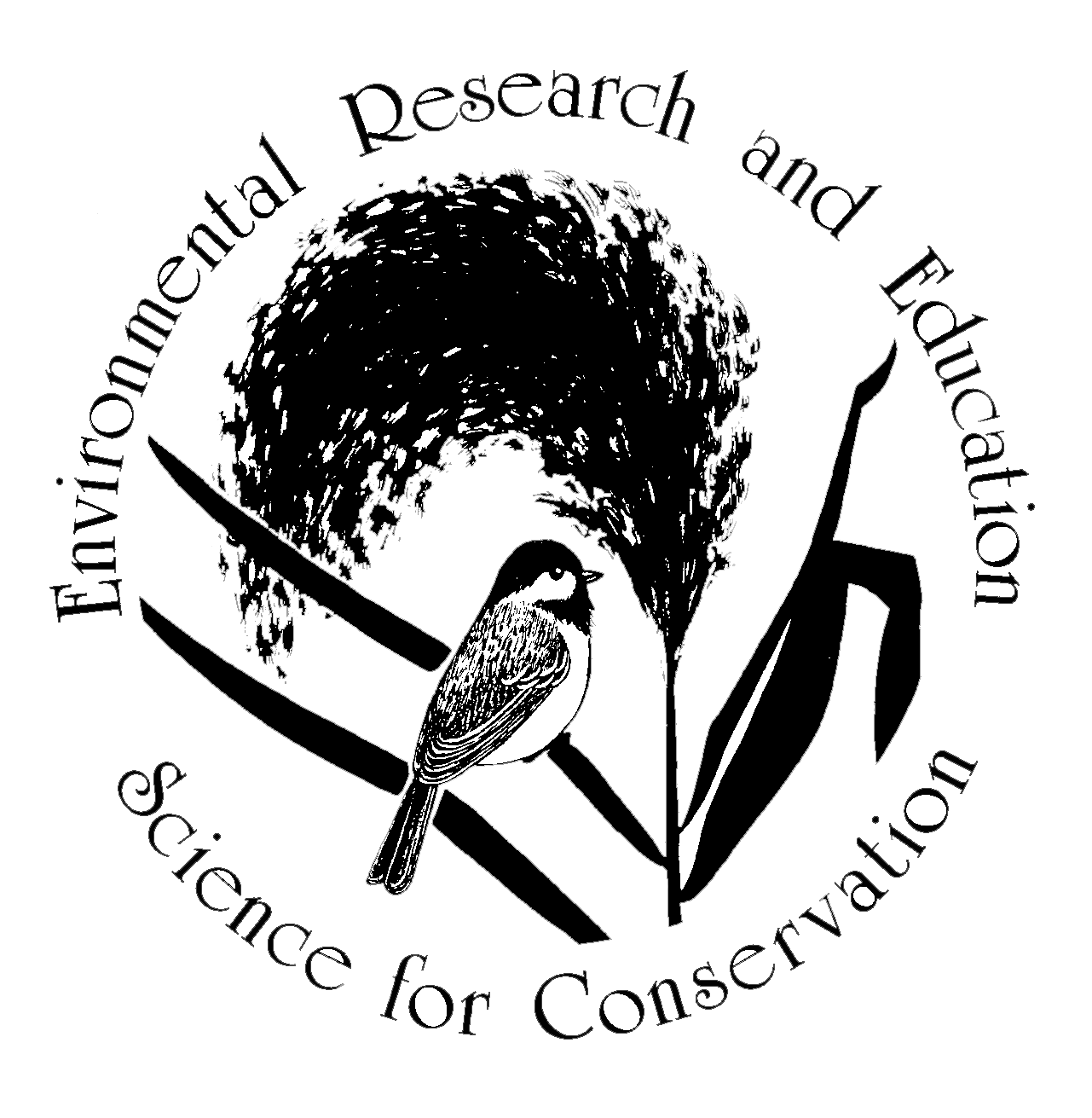Opportunity 1: Digitizing and Archiving Data from Surveys and Herbarium
In the more than forty years we have studied wildlife, plants, and their habitats in the Northeast, we have gathered detailed records coincident with accelerating climate change in the region. Our studies record the occurrence of plants and animals as they respond to the changing environment, and potentially seek refuge in the cool spots on the landscape. As scientists and policy makers turn keener attention to the effects of climate change, sea level rise, nonnative organisms, and urbanization on native biological diversity as well as on water, air, and soil quality, our research results can provide unique insights into these complex issues.
Integrating the information from our longstanding research programs will address emerging environmental questions in ways that are immediately useful to our multiple audiences and, like ecological research institutes around the world, we are working to share our information online as quickly as possible. Accomplishing this will need support from individual donors and foundations.
Naturalists today read the work of many field biologists—John Burroughs, Edgar Mearns, Frances Theodora Parsons, Ernest Thompson Seton, and Henry David Thoreau—to understand our changing world. Hudsonia’s scientists, understanding the value of historical observations, write their reports to be of value to field biologists 50 or 100 years from now. Our audience will grow in time, and the value of your contribution to setting up our databases will grow along with it.
Here are some of the questions our records may help answer:
How can we foster the wildlife and plants that survive or thrive in cities?
How can we use regional habitat maps to predict movements of species across the landscape as our climate changes, and to design better conservation corridors?
Which nonnative species should be controlled and which should be managed to reduce their harm and optimize their benefits for habitat, carbon storage, and bio-energy?
How do land uses together with climate change alter marshes, old forests, mountaintops, and rare species?
What are the causes of recurring failures of ecological restoration projects, and how can such projects be improved?
Are mine pits, clear cuts, and other human disturbances good “sentinels” for detecting new nonnative plants?
Which habitats and species are more vulnerable to large-scale energy projects?
Bonus: These projects will provide invaluable training to the young scientists who will do the heavy lifting.
Please be as generous as you can be in helping us build this valuable, enduring resource.
Funding Opportunities
In addition to support for all our other ongoing work, we seek funding for these specific projects.
And please get in touch with us to learn more or get involved.
Opportunity 2: Urgent Research Needs—These could be named to honor a loved one.
Globally, over half of the species of turtles and tortoises are facing extinction, which puts turtles at the highest risk among vertebrate groups. Of the nine species of native, non-marine turtles here in the Hudson Valley Region, two are red-listed by the International Union for Conservation of Nature as endangered and a third, the tiny bog turtle, critically so. That’s why we have spent forty years in the field studying and devising strategies to improve turtles’ chances of survival. Wordwide, illegal collecting for the pet trade and harvesting for food and traditional medicine are often the primary stressors, but here farm accidents and habitat loss are primary risks as well. Among other projects, we work with farmers to prevent fatalities of wood turtles on agricultural fields, and we’ve mapped out the extensive habitats Blanding’s turtles rely on for their survival so they can be protected. We respectfully request general support for such research that we can deploy as needed.
Coffee plantations in their nonbreeding range of cerulean warblers, and forest fragmentation in their breeding range, have made the species a candidate for the endangered species list. And yet these ethereal birds, as beautiful as their name suggests— greenish-blue females and sky-blue males further decked out with delicate necklaces—thrive in the Hudson River islands created by soil dredged from the shipping channel. Because cerulean populations have declined by 70% since the mid-1960s, many studies have been carried out over the last ten to twenty years, but these studies concentrate on mature forests with large hardwood trees and the complicated vertical stratification cerulean warblers have traditionally favored. Understanding what draws the warblers to the younger dredge-soil forests may be a crucial piece in their survival, and we are seeking $15,000 to begin a field study of how they are using this unusual habitat.
Goldenclub is an unusual-looking plant of bogs and freshwater-tidal wetlands, with its bright yellow and white flower spike and bluish water-shedding leaves. Goldenclub, a candidate for use in wetland restoration, is related to Jack-in-the-pulpit, skunk cabbage, and calla lily. In 1976, Erik Kiviat surveyed goldenclub in the marshes of the Hudson. This survey was repeated in 2013-2014 by recent Bard College graduate Julia Les, Erik, and volunteers. The second survey found some previously unknown stands of goldenclub, but also found an apparent overall decline and the loss of two major stands. Stresses on this rare plant are evidently sea level rise, competing marsh plants, and herbivory by several kinds of animals whose populations have increased in the Hudson Valley. We want to do some additional analyses of the goldenclub data and publish a paper in a scientific journal to make our results formally available to conservation scientists concerned about goldenclub in the northeastern states and its aroid relatives elsewhere, for example in Florida. Completing this research will cost $6,000.

